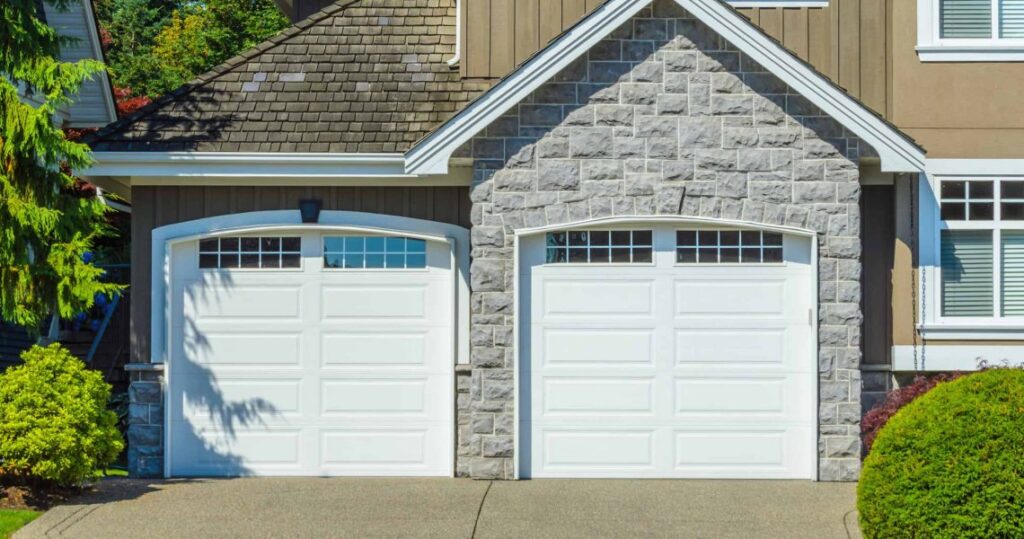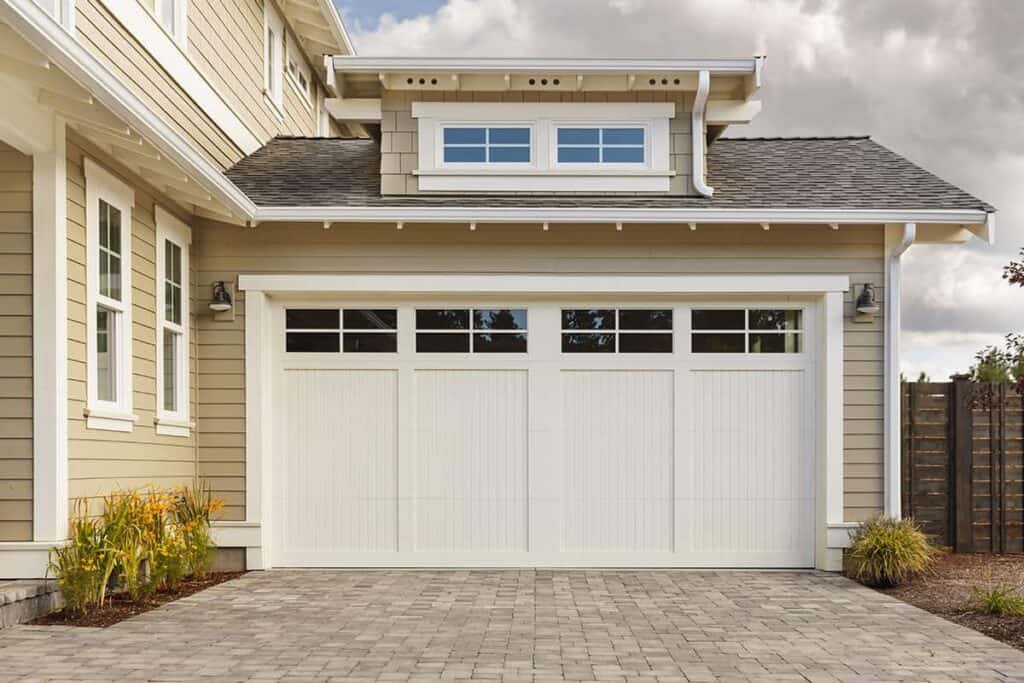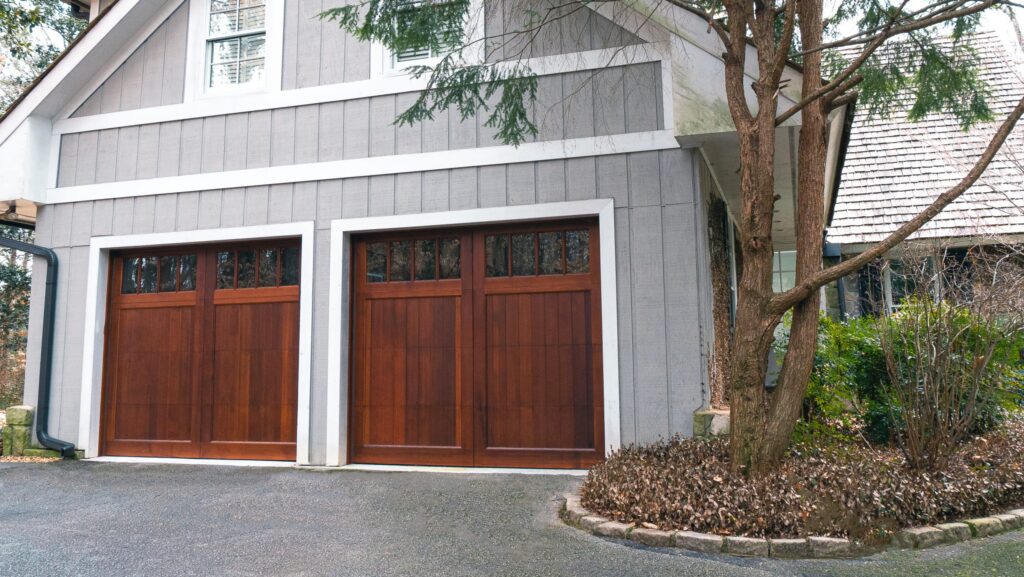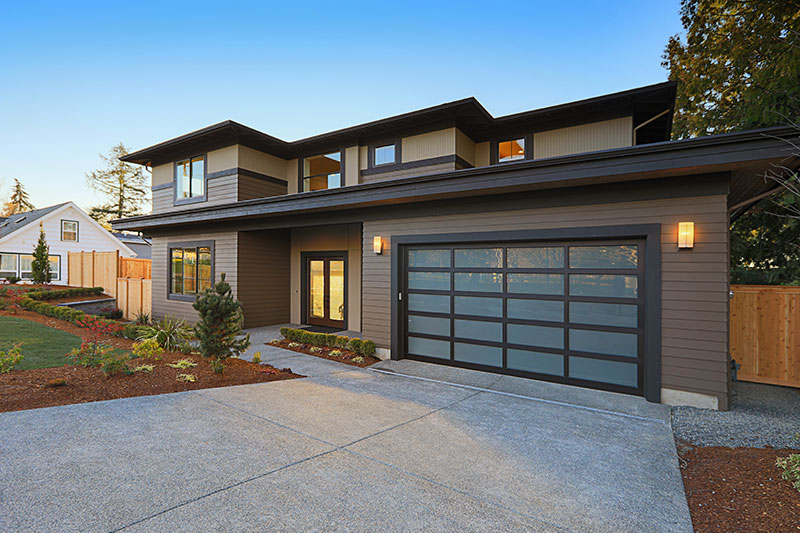Replacing the battery in your Garage Door Repair Knoxville TN is a simple task that can be completed in just a few steps. Whether your remote control is no longer working or you simply want to ensure optimal performance, replacing the battery is an essential maintenance task.

In this guide, we’ll walk you through the process of removing the battery from your LiftMaster garage door opener, ensuring smooth operation and reliable access to your garage.
1. Prepare Your Workspace
Before you begin, gather the necessary tools and materials and prepare your workspace for the task. You’ll need a step stool or ladder to reach the garage door opener unit, as well as a flathead screwdriver or a coin for removing the battery cover. Ensure that the area around the garage door opener is well-lit and free from clutter to work safely and efficiently.
2. Locate the Battery Compartment
The battery compartment of your LiftMaster garage door opener is typically located on the underside of the unit, near the front or side. It may be covered by a small plastic panel or door that can be easily removed to access the battery. Refer to your garage door opener’s user manual for specific instructions on locating the battery compartment if you’re unsure.
3. Remove the Battery Cover
Using a flathead screwdriver or a coin, gently pry open the battery cover to reveal the battery compartment beneath. Insert the screwdriver or coin into the slot or groove on the edge of the battery cover and twist or pry it open. Be careful not to apply too much force to avoid damaging the cover or the opener unit.
4. Take Out the Old Battery
Once the battery cover is removed, you’ll see the battery inside the compartment. Depending on the model of your LiftMaster garage door opener, the battery may be secured in place with a small clip or holder, or it may simply slide out of the compartment. Carefully remove the old battery from its slot, taking note of its orientation to ensure proper installation of the new battery.
5. Dispose of the Old Battery Properly
Dispose of the old battery in accordance with local regulations and guidelines for battery recycling. Many communities offer battery recycling programs or drop-off locations where you can safely dispose of used batteries. Avoid throwing old batteries in the trash or recycling bin, as they can leak harmful chemicals and pose a hazard to the environment.
6. Install the New Battery
Before installing the new battery, check its specifications to ensure compatibility with your LiftMaster garage door opener. Match the type, size, and voltage of the old battery to the new one to ensure proper operation. Insert the new battery into the compartment, making sure it is securely seated and oriented correctly according to the markings inside the compartment.
7. Replace the Battery Cover
Once the new battery is installed, replace the battery cover by aligning it with the compartment opening and pressing it firmly into place until it snaps shut. Ensure that the cover is securely attached to prevent dust, debris, or moisture from entering the battery compartment and causing damage to the opener unit.
8. Test the Garage Door Opener
After replacing the battery, test the garage door opener to ensure that it functions properly. Press the buttons on your remote control or wall-mounted keypad to open and close the garage door, verifying that the opener responds promptly to your commands. If the opener operates smoothly and without any issues, the battery replacement was successful.
Conclusion:
Removing the battery from your LiftMaster garage door opener is a straightforward process that can be completed in just a few simple steps. By following the instructions outlined in this guide, you can safely and effectively replace the battery in your garage door opener, ensuring reliable operation and continued access to your garage. Remember to dispose of the old battery properly and test the opener after installing the new battery to confirm proper functionality.
Camco Commercial Door Company
1-865-776-9455









